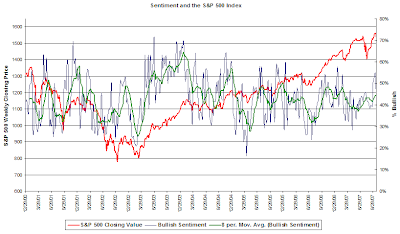A research study by Morgan Stanley earlier this year concluded "if the purpose of a buyback is to boost a company’s share price, returning cash to shareholders through raising the dividend is a far more effective method." Since 1997 the study noted:
- the average share price rise of companies that have been consistently increasing their payout has been 12.7 per cent a year, outstripping the 10.3% gain achieved by the wider market.
- the average performance of companies that have pursued share buybacks was only 8.2%.
- the only years in which buybacks helped share prices to outperform were 1997, 2001 and 2002, when fierce bear markets were running.
- shares in companies with top-quartile dividend growth rose by 20% a year.
- top-quartile buyback programs – companies that bought back the most shares relative to their stock market value – could manage only a 12% advance.
The reports summary noted "the stock market rewards companies that grow their dividends strongly, while, other than in falling markets, they appear, on average, to penalize those that conduct buybacks."
Source:
Share Buybacks are in Vogue, but keep an Eye on the DividendTimesOnline
By: Nick Hasell
May 19, 2007
http://business.timesonline.co.uk/tol/business/markets/article1811503.ece



































